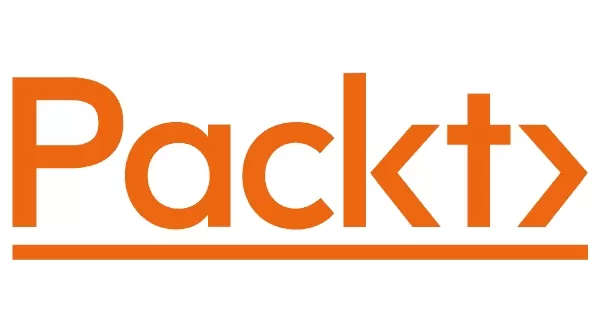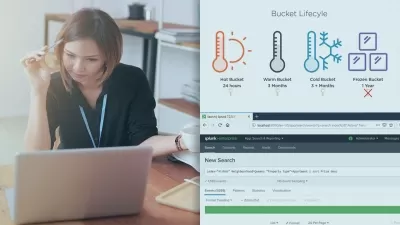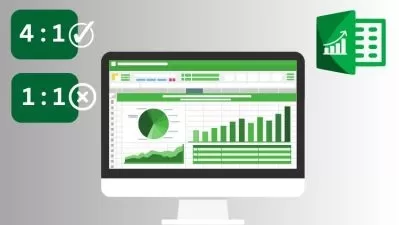Learning Splunk
Tom Kopchak
4:07:30
Description
Maybe you've heard about Splunk, but don't know how to use it to take control of big data? Have you used Splunk, but want to learn how to set it up and use it properly? If so, this course is for you. In this course, you will work with Splunk from the ground up. You'll learn the basics of Splunk terminology, and how to use the Splunk web interface to find data. You'll also build your own Splunk environment, add data to the Common Information Model (CIM), create dashboards, and find events within data. Finally, you'll master advanced searching techniques that are especially useful to those in network, security, and system administration roles. The course also covers the latest additions brought in for Splunk 8 and helps you quickly perform an upgrade. By the end of the course, you will be confident about using Splunk and will be well on the road to becoming a proficient Splunk architect and administrator as quickly as possible! The reference links and other sources for this video course are available at https://github.com/PacktPublishing/Learning-Splunk
More details
User Reviews
Rating
Tom Kopchak
Instructor's Courses
PacktPub
View courses PacktPub- language english
- Training sessions 56
- duration 4:07:30
- Release Date 2024/03/14











